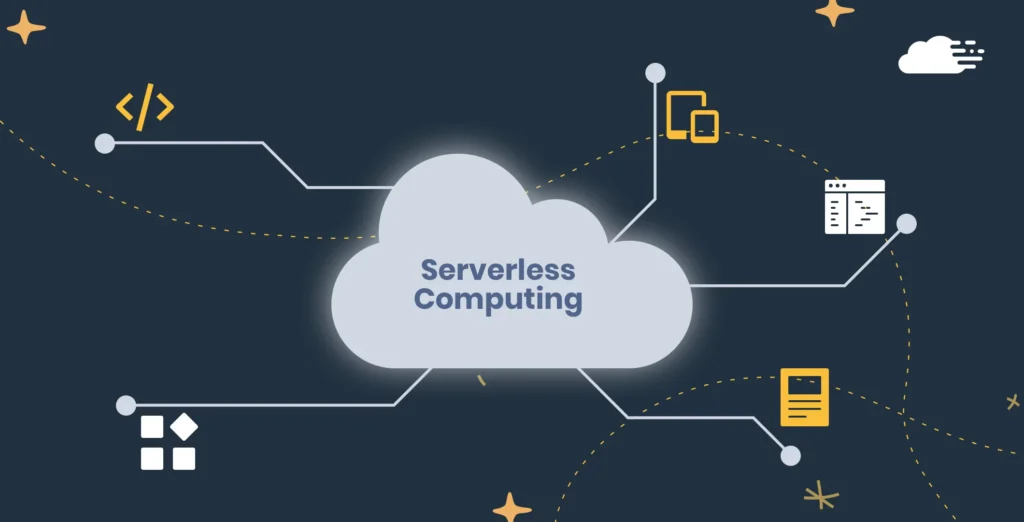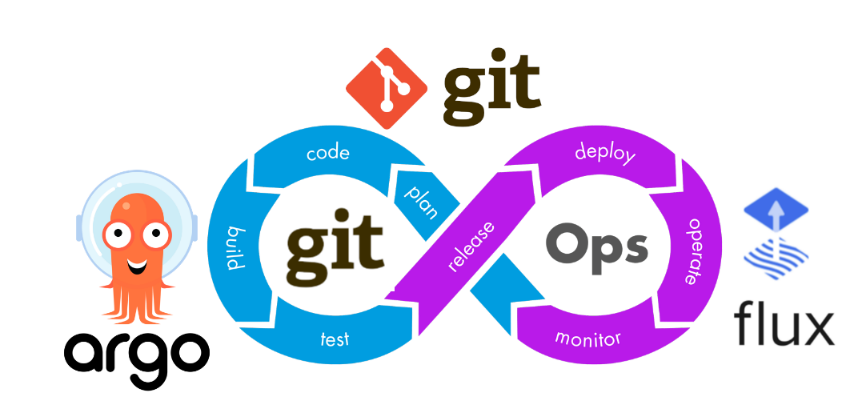Cloud computing has evolved significantly, and one of the most disruptive innovations in recent years is Serverless Computing. By eliminating the need to manage infrastructure, serverless architectures allow businesses to focus entirely on code and business logic, leading to increased efficiency, scalability, and cost savings.
In this article, we’ll explore what serverless computing is, how it works, and why it’s transforming cloud-native application development.
What is Serverless Computing?
Despite its name, serverless computing does not mean there are no servers. Instead, it refers to a cloud execution model where cloud providers manage the underlying infrastructure dynamically, scaling resources as needed and charging only for actual usage.
With serverless computing, developers write and deploy code in the form of functions, commonly known as Function as a Service (FaaS). These functions execute in response to events without requiring dedicated infrastructure management.
How It Works
Event-Driven Execution – Functions are triggered by events such as API requests, file uploads, database changes, or IoT signals.
Auto-Scaling & On-Demand Execution – Resources automatically scale based on workload, reducing the need for manual provisioning.
Pay-Per-Use Billing – Businesses only pay for actual function execution time, not idle infrastructure.
Key Benefits of Serverless Computing
1. Reduced Operational Complexity
Since the cloud provider handles infrastructure, developers no longer need to worry about provisioning, scaling, or maintaining servers.
2. Cost Efficiency
With serverless, businesses only pay for what they use, eliminating the cost of idle resources. This is ideal for applications with unpredictable workloads.
3. Seamless Scalability
Functions automatically scale in response to demand, making serverless perfect for applications with fluctuating traffic, such as real-time data processing, chatbots, or event-driven workflows.
4. Faster Time-to-Market
Developers can focus on writing business logic rather than managing infrastructure, enabling rapid development and deployment.
5. Enhanced Resilience & Security
Cloud providers manage security patches, updates, and failover, reducing vulnerabilities and ensuring high availability.
Use Cases of Serverless Computing
Serverless is widely adopted across industries for various applications, including:
Microservices & APIs – Easily deploy backend services with AWS Lambda, Azure Functions, or Google Cloud Functions.
Real-Time Data Processing – Analyze IoT sensor data, logs, and streams using serverless architectures.
AI & ML Model Execution – Run inference models efficiently without managing GPU infrastructure.
Chatbots & Voice Assistants – Power conversational AI without needing dedicated servers.
Automated Workflows & Event Processing – Trigger workflows based on events in e-commerce, financial transactions, or DevOps pipelines.



